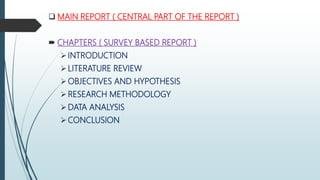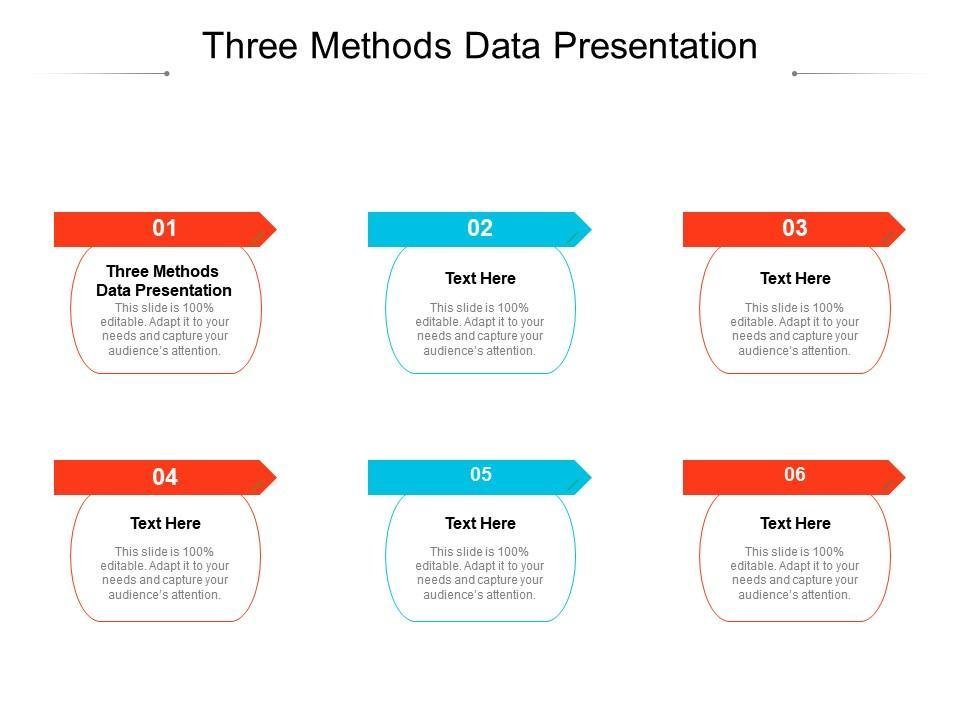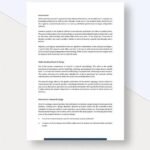guidelines for writing a research report

In the realm of academia, a research report serves as a bridge between investigation and dissemination, transforming complex inquiries into comprehensible narratives. Whether you are presenting groundbreaking discoveries or exploring established theories, mastering the art of report writing is essential for effective communication. Just as a painter selects the finest brushstrokes to convey their vision, researchers must be deliberate in structuring their findings to ensure clarity and impact. This article delves into the essential guidelines for writing a research report, offering a roadmap to navigate the intricate landscape of research documentation. From organizing your thoughts to adhering to formatting standards, these principles will empower you to craft a comprehensive report that engages your audience and reinforces the significance of your work. Ready to sharpen your writing skills and elevate your research? Let’s embark on this systematic journey together.
Understanding the Structure of a Research Report
A research report is a multifaceted document that conveys critical findings and insights in a systematic manner. To effectively communicate the research process and results, it typically comprises several key sections. Commonly, these include:
- Title Page: Offers a concise title, author information, and date.
- Abstract: Provides a brief summary of the research objectives, methodology, and conclusions.
- Introduction: Sets the context, significance, and objectives of the study.
- Literature Review: Discusses existing research to frame the current study.
- Methodology: Details the research design, data collection, and analysis methods.
- Results: Presents findings, often with visual aids such as graphs or tables.
- Discussion: Interprets the results, exploring implications and comparisons with prior studies.
- Conclusion: Summarizes key findings and suggests future research directions.
- References: Lists all sources cited in the report.
Each section serves a distinct purpose in enhancing the readability and comprehensiveness of the report. For instance, the Methodology section should explicitly outline the experimental protocols to allow reproducibility, while the Results section needs clarity to ensure that findings are communicated effectively. What follows is a simple representation of a research report structure:
| Section | Description |
|---|---|
| Title Page | Essential information about the study. |
| Abstract | Summary of key points in the report. |
| Introduction | Overview of research purpose and relevance. |
| Methodology | Details of research methods used. |
| Results | Findings presented clearly. |
| Discussion | Interpretation of results and implications. |
| Conclusion | Final thoughts and recommendations. |

Crafting a Compelling Introduction and Literature Review
To captivate your audience from the outset, the introduction of your research report must be engaging and informative. Begin with a thought-provoking question or a striking statistic to draw readers in. Clearly outline the significance of your research, making it evident why your study matters in your field. Ensure that the introduction sets a clear context by stating your research objectives and hypothesis. This foundation not only frames the discussion but also prepares readers for the arguments and findings that will unfold in the main body of your report.
The literature review is a critical component, as it situates your work within the existing body of knowledge. When crafting this section, focus on synthesizing information rather than merely summarizing sources. Highlight key themes, gaps, and controversies in the literature, identifying how your study addresses these elements. Organize the review thematically or chronologically to enhance clarity. Consider using a table to summarize key studies relevant to your research, showcasing author, year, findings, and contributions to provide a snapshot of the academic landscape:
| Author | Year | Findings | Contributions |
|---|---|---|---|
| Smith | 2020 | Identified key variables affecting outcomes. | Proposed a new model for understanding dynamics. |
| Jones | 2019 | Delineated gaps in existing methodologies. | Advocated for mixed-methods approaches. |
| Lee | 2021 | Analyzed trends over the past decade. | Provided a critical lens on emerging challenges. |

Data Presentation Techniques for Clarity and Impact
Ensuring that your data is presented in a clear and impactful manner is essential for effective communication in any research report. Consider using varied visual elements to enhance understanding and retention. Here are some techniques to consider:
- Charts and Graphs: Visual representations like pie charts, bar graphs, and line charts can simplify complex data trends and comparisons.
- Infographics: These blend graphics and data to tell a story or highlight key points visually, making it easier for readers to grasp significant findings quickly.
- Tables: Organized tables can present detailed information systematically, allowing readers to compare data points fluidly. A well-structured table can be particularly effective.
When designing visuals, be mindful of color schemes and typography to maintain consistency and enhance readability. Choose contrasting colors for better visibility and ensure that all labels are clear and descriptive. Here’s a simple example of a data table showcasing hypothetical survey results:
| Response Category | Percentage |
|---|---|
| Agree | 45% |
| Neutral | 30% |
| Disagree | 25% |
By implementing these techniques, you can transform raw data into clear, engaging visuals that enhance the overall narrative of your research report, making it not only informative but also memorable for your audience.

Concluding with Purpose: Recommendations and Future Research Directions
In summarizing effective practices for writing a research report, it is crucial to prioritize clarity and cohesion throughout the document. Authors are encouraged to engage readers by using straightforward language and an accessible structure that guides them through the findings. Furthermore, fostering a strong narrative flow not only enhances readability but also helps articulate interpretations of the data in a compelling manner. Essential components to consider include:
- Thoroughly defining terms for clarity
- Utilizing visuals such as charts and graphs to elucidate complex information
- Incorporating a comprehensive lit review to position the research within existing scholarship
Looking ahead, there remains a wealth of opportunities for further exploration in the realm of research report writing. Future studies could examine the impact of digital tools on report creation, particularly considering the evolving landscape of online publishing. Additionally, investigations into various audience perceptions could yield insights into how different stakeholder groups interpret research outputs. Potential avenues for research might include:
| Focus Area | Suggested Research Questions |
|---|---|
| Digital Tools | How do tools like AI writing assistants affect coherence in research reports? |
| Audience Impact | What differences exist in perception among academic vs. public audiences? |
Closing Remarks
crafting a research report is not merely an academic exercise, but a voyage of discovery that transforms raw data into meaningful narratives. By adhering to the guidelines outlined, you embark on a structured journey that enhances clarity, rigor, and engagement. Each section of your report is a stepping stone, guiding readers through the intricate landscape of your findings and insights. Remember, effective communication of your research not only reinforces the integrity of your work but also widens its impact, allowing it to resonate with a broader audience. As you pen your conclusions, reflect on the purpose of your research and the conversations it may ignite. With these tools at your disposal, you are now equipped to contribute to the ever-evolving tapestry of knowledge with confidence and clarity. Happy writing!




